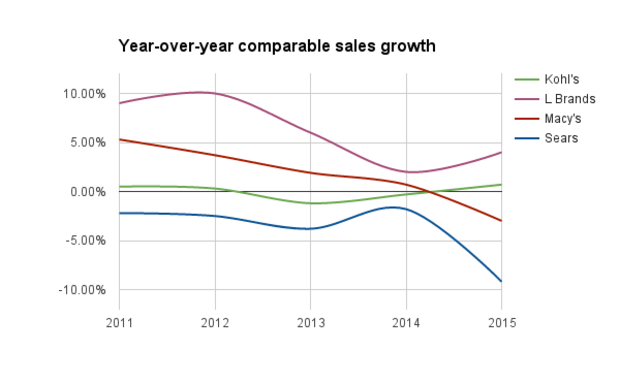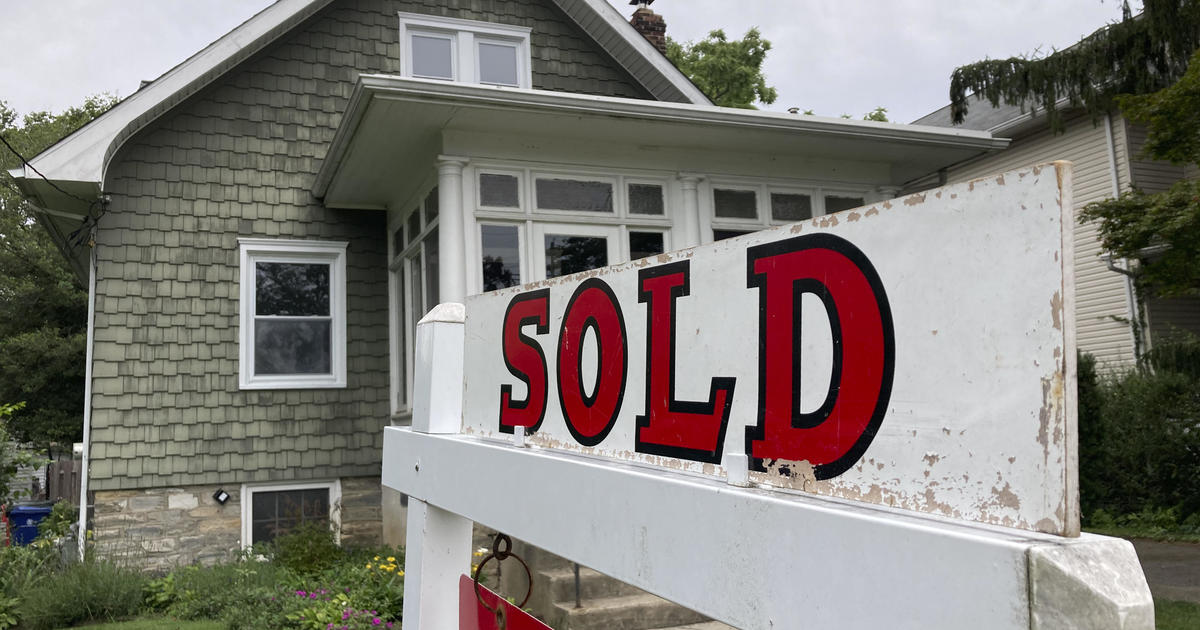The data behind department stores' woes
It’s hard out there for U.S. retailers.
High-end department store Neiman Marcus dropped plans for an initial public offering Friday, capping off a week of apparent defeat for retailers high and low. Macy’s (M) announced lower-than-expected holiday sales, complete with layoffs; Sears, facing similar trouble, said it would close 150 stores and sell off its Craftsman brand.
Department stores have been struggling for years. While discount chains are doing brisk business, stores with mid-range price points are grappling with lower foot traffic, higher real estate costs and more consumers shopping online. And with more manufacturers connecting directly with shoppers, through online media or even their own retail channels, department stores have sometimes found themselves tussling with the very goods they stock.
This past holiday season, stores tried to attract shoppers with heavier discounts than in prior years. At the same time, many brands, trying to regain control over their pricing, opted out of discounts. as Michael Kors (KORS), Coach (COH) and Levi Strauss & Co. have done. Others, like Kate Spade, left department store shelves altogether when they couldn’t reach an agreement.
The real estate rebound is putting more pressure on retailers. Commercial real estate values are skyrocketing; many center-city rents have shot up by double digits in the last year alone.
That trend likely influenced Macy’s decision to shrink its footprint, with many of its stores located in pricier city centers. The company leases just under half of its stores, according to company filings.
For other retailers, like Sears, which owns the Kmart and Sears chains, the recovery in real estate prices is a chance to make some cash. Before its most recent round of closures, Sears had been shuttering stores for years. Three years ago, it sold off hundreds of stores into a real-estate trust in an attempt to increase liquidity.
Changing consumer habits are one reason these stores are seeing lower sales. Since the Great Recession, consumers are spending money again -- but on different things.
Instead of items like clothing, more Americans are spending on experiences like travel or eating out, as well as on big-ticket purchases, like cars.
Online shopping has taken off, both for physical products and less tangible purchases, like apps. In December, sales in Apple’s App Store topped $3 billion, breaking a record. The store had its biggest sales day ever on Jan. 1, selling $240 million worth of software. Meanwhile, spending on clothing, a mainstay of many brick-and-mortar retailers, is practically flat from a year ago.
Of course, Americans aren’t the only ones who patronize U.S. stores. Nordstrom (JWN), Saks Fifth Avenue and other luxury stores, in particular, rely on tourists for a chunk of their yearly profits. But tourism was down much of last year, thanks in part to the uncertain economy in Europe and China. And a strong dollar means that even when visitors arrive, they’re deterred from spending more as much as they otherwise would.




